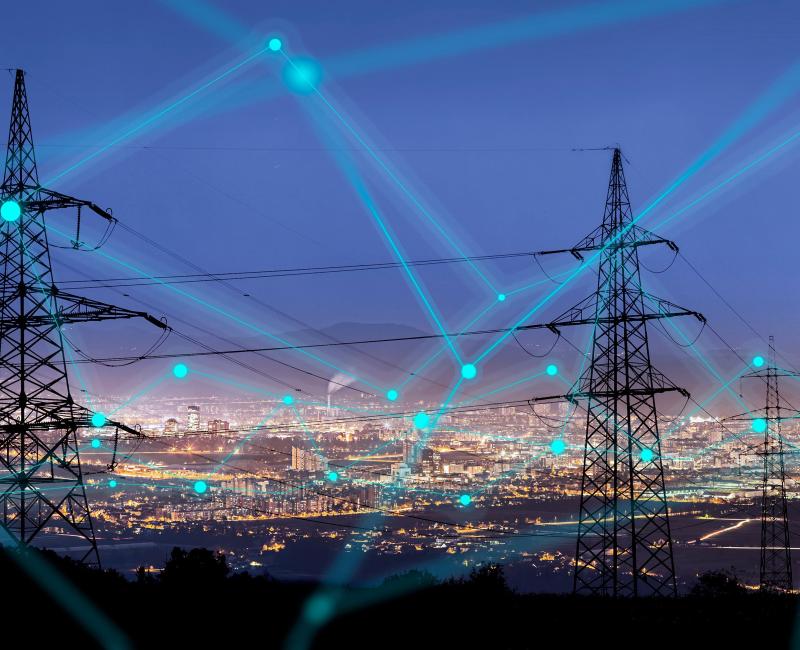Energy regulators develop guiding principles to evaluate performance of EU electricity smart grids

Energy regulators develop guiding principles to evaluate performance of EU electricity smart grids
What is it about?
Expanding the capacity of the European electricity system requires not only securing investments but also enhancing the efficiency of infrastructure by deploying smart solutions, which can be faster and more cost-effective than conventional grid options.
Energy regulators play an important role in ensuring efficient infrastructure, which is the foundation of secure system operation, well-functioning electricity markets as well as facilitating the roll-out of more renewables, by:
-
encouraging network operators to effectively deploy all types of network technologies;
-
promoting cost-efficient investments; and
-
maximising the value of grid investments for network users.
The 2023 Energy Infrastructure Forum’s conclusions tasked ACER and CEER to develop discussion papers on smart grids’ key performance indicators for electricity transmission and distribution networks.
What is in the guidance paper?
In this context, ACER and CEER have jointly developed a set of guiding principles to evaluate the performance and efficiency of European electricity smart grids.
The guidance paper published today, ahead of the 2024 Energy Infrastructure (Copenhagen) Forum (27 June 2024):
-
Sets the framework of smart-grid performance indicators.
-
Offers an overview on the responsibilities of network operators.
-
Describes the potential applications of network performance indicators and how they support EU energy targets.
-
Explains the relationship between input and output performance indicators and defines responsibilities for each.
What are the next steps?
ACER and CEER invite feedback on the guiding principles by 28 July, after which the aim is to develop concrete smart-grid Key Performance Indicators (KPIs) for both Transmission and Distribution System Operators.
Submit your feedback to diana.ivanova-vanbeers@ceer.eu or KPI_ESN@acer.europa.eu by 28 July.
